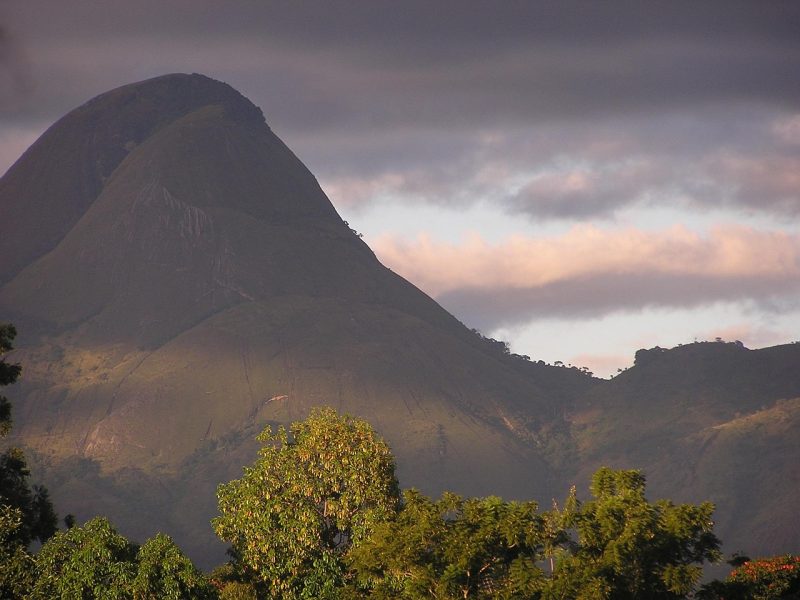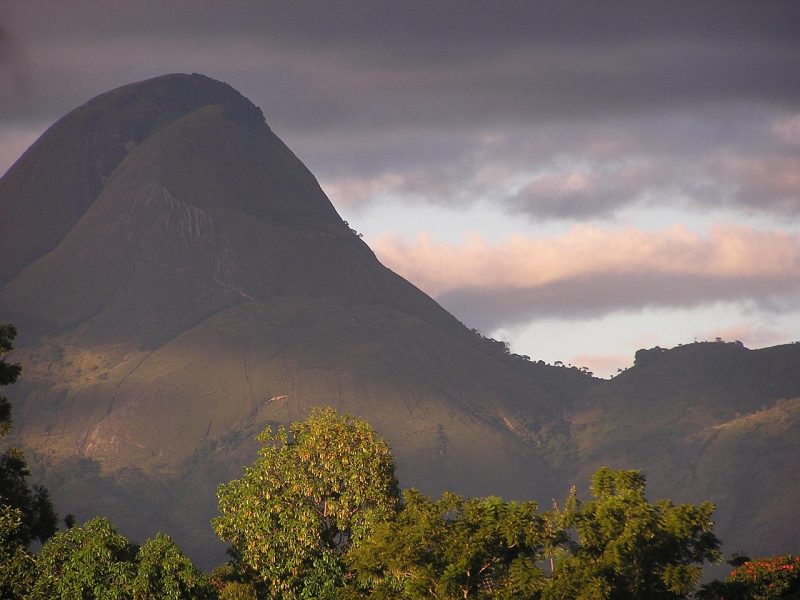
There are places in the world where time unfurls like a long-forgotten map, revealing not just destinations but entire moods, shifting textures of light and season, whispers of history carried on the wind. Mozambique is such a place. A country of gleaming coastlines and dense, breathing forests. Of salt-crusted air and laughter spilling from narrow streets. But when to go? That is a matter of taste, of inclination. It is a question of knowing when the world here will align best with your own desires—whether you seek dazzling shores, untamed wilderness, or the fevered rhythm of celebration.
 Image via Pixabay
Image via Pixabay
The Dry Season: The Kingdom of Light and Clarity (May to October)
There is something pure about this time of year. The air is crisp, cleansed of humidity, the sky impossibly blue, as if someone has drawn a veil between you and all the worries of the world. It is the season of motion—of footsteps across the warm sand, of boats slicing through an ocean so clear you can see the shadow of a manta ray drifting beneath you.
The islands of Bazaruto and Quirimbas are at their most luminous, the coral gardens undisturbed, and teeming with life. Beneath the surface, the reef expands in silent grandeur, beckoning divers into its depths. You can plan a stay at a luxurious Mozambique holiday resort that’s located on the island of Bazaruto such as Anantara Bazaruto Island Resort. Further inland, where the land rises and swells into the wild heart of Mozambique, the animals emerge. Gorongosa and Niassa—vast, untouched—become theatres of quiet survival. The herds move towards the water, their presence made known in dust clouds and quiet, deliberate steps.
The Wet Season: When the World is Drenched in Colour (November to April)
Then there is the rain. It comes not as an inconvenience but as a force of renewal, turning the earth thick and green, softening the edges of the landscape. The rivers swell. The air hums with life. A million unseen wings stir in the trees, and the scent of damp earth rises like memory itself.
Travel becomes an act of patience, of waiting between showers, of learning to move with the rhythm of the land rather than against it. But this, too, has its rewards. The crowds retreat, leaving the beaches empty, the forests quiet but for the calls of migratory birds. It is a time for those who wish to slip between the cracks of the world, to see Mozambique not as a postcard but as something wilder, softer—something breathing.
Beneath the Surface: The Rhythms of the Ocean
For those who listen to the sea, who trace their fingers along the spines of old nautical maps and dream of open waters, Mozambique offers its own kind of pilgrimage. The whale sharks arrive in the heat of summer, between October and March, their vast, speckled bodies moving like constellations in the deep. The humpbacks come, too, between June and September, breaching the waves, and exhaling ghostly plumes of water into the sky.
And beneath it all, the coral cities remain—silent, waiting—where fish flash like shards of glass and ancient creatures glide unseen through the deep.
When the World Dances: Festivals and the Fever of Celebration
But to know a place, and truly understand it, one must hear its music. Not just in the bars and cafes, but in the streets, in the way voices lift together in celebration, in the way a drumbeat ripples through the very bones of the land.
Come in May, and you will find the STRAB Music Festival, a gathering of sound and soul on the edge of the ocean, where melodies float into the night and dissolve into salt air. Arrive in June, and you will witness the fervour of Independence Day, when the country ignites with remembrance and revelry, when the people carry history not as a burden but as a pulse, a rhythm that stretches both backwards and forward, unbroken.
Please visit:
Our Sponsor
